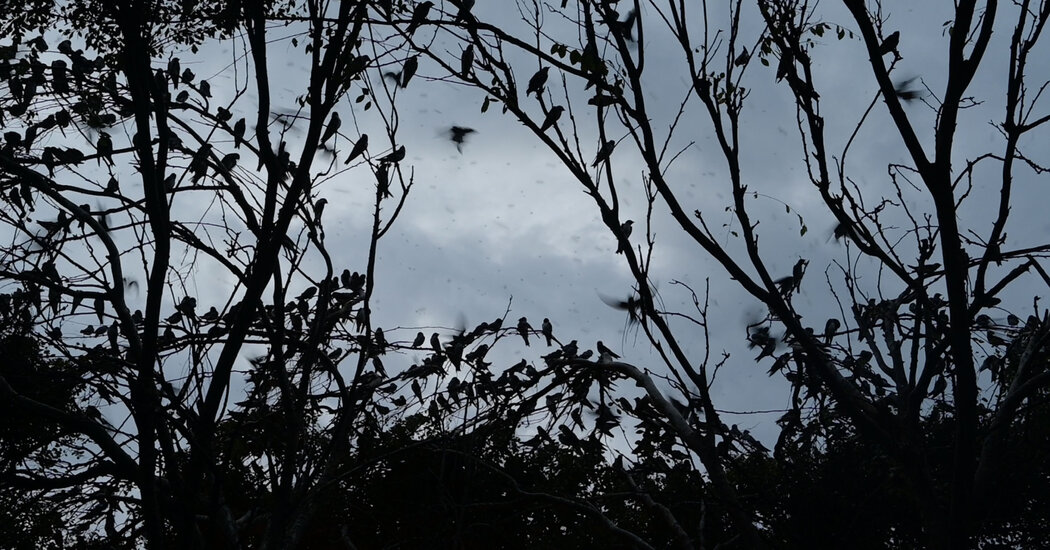Opinion | Nashville’s Symphony Has a Bird Migration Problem
“We’re not going to object to the removal of the trees,” said the Nature Conservancy’s Terry Cook. “But we’d love to find a net conservation win out of this — thinking beyond tree replacements at the symphony to how we can add trees to the urban canopy, using telemetry studies to identify new roost sites, using education to help all of us embrace Nashville as a bird-friendly city.” His wish list goes on and on. “I do see opportunities to do something exciting and meaningful here.”
The good news is that this controversy has brought a lot of people to the negotiating table: not just representatives from various tree and wildlife organizations but also from the mayor’s office, Metro Council and Metro Parks, plus tourism officials, landscape architects and many others intent upon solving this problem together.
In an interview, Mr. Valentine took pains to highlight the symphony’s commitment to both trees and birds. “We have more trees on our campus than anybody else in the neighborhood, and we’re committed to replacing not just our own trees but to increasing the tree canopy beyond our campus,” he said. “We care very much about birds and about conservation, but at the same time we’re but one piece of a much larger set of issues that confront our city and probably lots of cities across the country. This is an opportunity to really focus some energy in our community around these issues.”
Or, as Mr. Newbern of the Nashville Tree Conservation Corps puts it, “This is a chance to help Nashville find its better self.”
How can we increase the urban tree canopy in a way that provides necessary habitat for wildlife without wholly disrupting human life? How can we make Nashville a place that serves as a case study, even a role model, for other cities trying to find a way to preserve green space and coexist with their wild neighbors? These are questions we ought to have asked decades ago, but I am grateful that my city is asking them now.
And we have a magnificent, indescribably beautiful, life-transforming flock of purple martins to thank for inspiring us to do so.
Margaret Renkl, a contributing Opinion writer, is the author of the books “Graceland, at Last: Notes on Hope and Heartache From the American South” and “Late Migrations: A Natural History of Love and Loss.”
The Times is committed to publishing a diversity of letters to the editor. We’d like to hear what you think about this or any of our articles. Here are some tips. And here’s our email: [email protected].
Follow The New York Times Opinion section on Facebook, Twitter (@NYTopinion) and Instagram.
Check out our Latest News and Follow us at Facebook
Original Source







